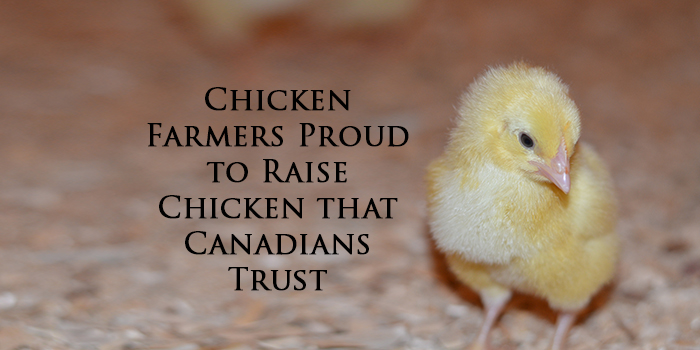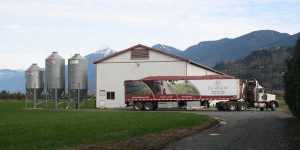“Canadian chicken farms are run by hardworking men and women who take to heart their responsibility to uphold animal health and welfare on their farm and share Canadian values,” says Mr Fontaine, chair of Chicken Farmers of Canada. “They are proud ambassadors in promoting and defending their good management practices, and believe that there is no defense for the mistreatment of birds.”
At Denbow, we agree! There is lots of misleading information out there and we thought that this article from The Poultry Site was helpful in clarifying the facts.
Animal rights groups claim that mistreatment of animals has no place in society today. We agree. So let’s replace gossip with facts.
Six Facts About How Canadian Chickens are Raised:
- Over 90 per cent of Canada’s chicken farms are family owned and operated.
- The notion of faceless, nameless and heartless ‘factory farms’ is fiction.
- Canada’s farmers operate within a system in which they are paid for each bird that is processed. Not only is it common sense for farmers to take care of their birds, its good economic sense as well.
- If birds were treated in the ways described by activists, it would result in significant economic losses to the farmer.
- There is a robust, third-party-audited, mandatory Animal Care Programme that is administered across all Canadian chicken farms.
- The programme has credible, science-based foundations and is based on the Code of Practice developed by the National Farm Animal Care Council (NFACC), which involved farmers, veterinarians, processors, transporters, animal welfare associations, and provincial/federal governments, along with a public consultation process.
- The programme is audited annually by NSF, an internationally-recognized, third-party certification body.
- In Canada, litter is removed after every single flock and replaced with fresh bedding prior to the placement of new chicks.
- Chickens are not raised on “old” litter. Barns are cleaned and litter replaced with each flock. Fresh bedding decreases ammonia concerns from previous flocks and barns are monitored for ammonia levels.
- The density of Canadian chicken production is lower or consistent with other countries.
- Canadian broiler chickens are not caged and are raised without the use of steroids or hormones. The number of chicks placed in the barn is pre-determined to ensure that density limits are not surpassed and as they age they continue to have room to roam.
- Canada’s density limit is lower than the density allowed in the European Union.
- Chicken health is continually improving.
- Bird mortality, condemnations, lameness, and ascites have decreased significantly over the past decades.
Farmers in Canada have a responsibility to the birds they raise, to the industry, to their fellow farmers, and to all consumers for upholding high principles of animal health and welfare on the farm.
The farmers’ leadership in animal care will continue to evolve as we commit to working with the experts – including all industry stakeholder organizations from farm to table, the research community, and government regulators.
Source: The Poultry Site





